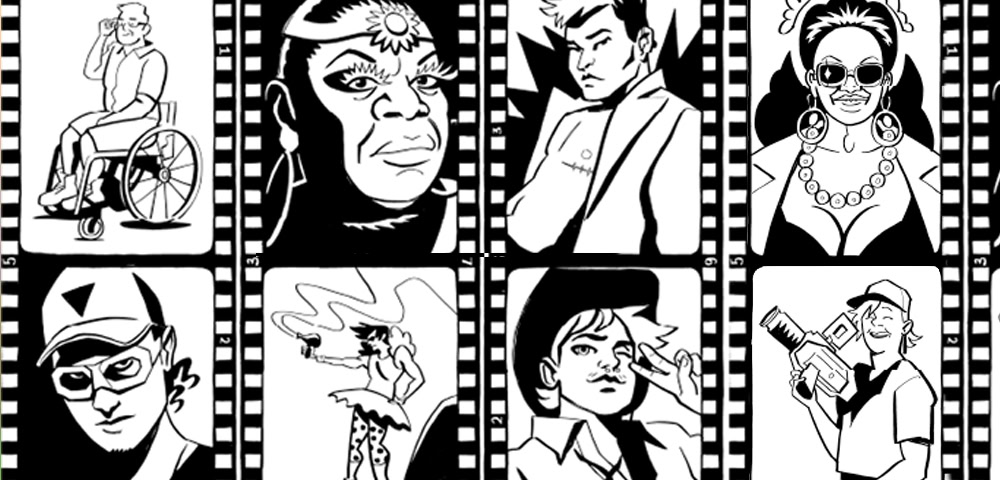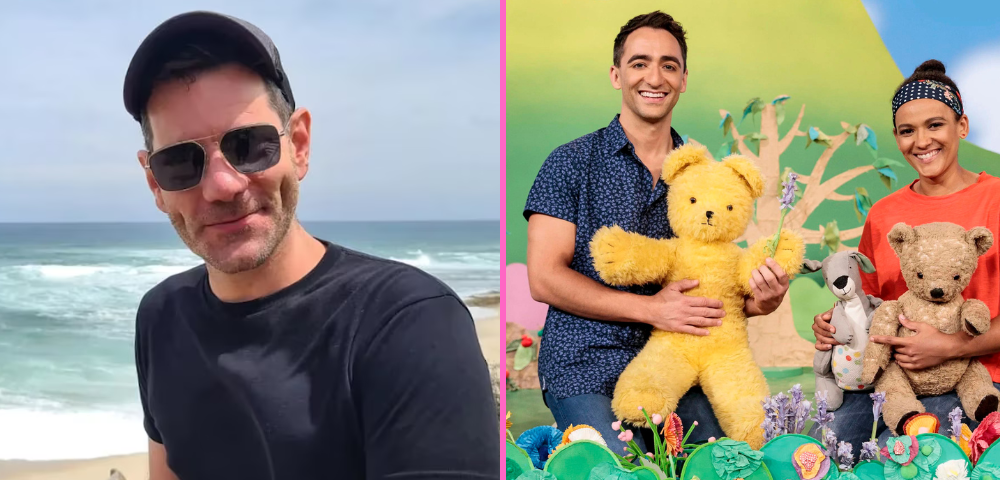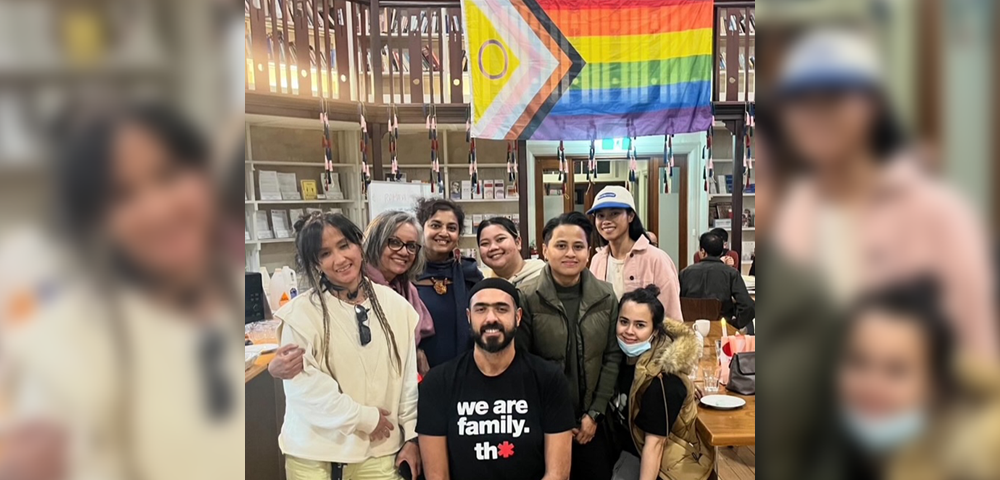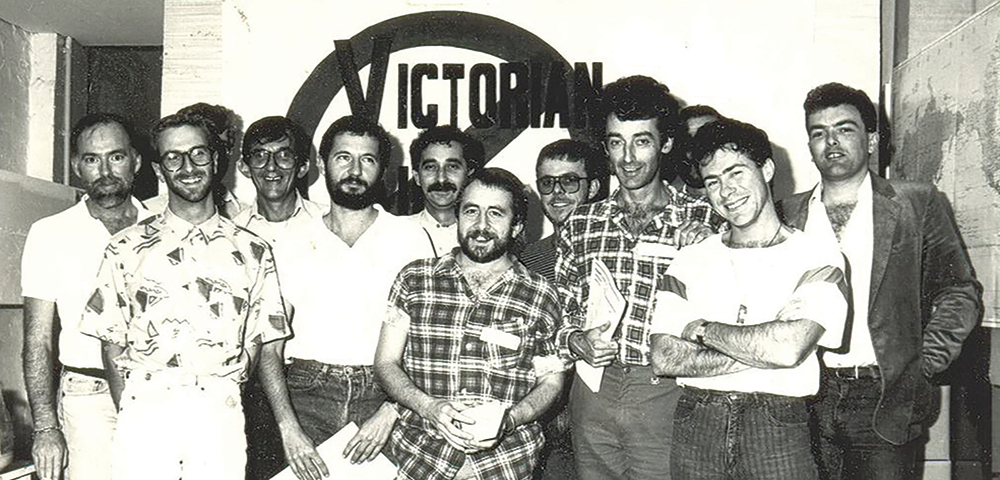
The legacy of Toonen v Australia
A landmark victory by Australian activists 15 years ago this month turned human rights for gay men and lesbians into an international standard and an everlasting part of the UN agenda.
The UN Human Rights Committee’s 1994 Toonen v Australia decision was the first by a global body to say gay rights were protected. Laws criminalising homosexuality, like those in Tasmania at the time, were now said to breach the right to privacy in the International Covenant on Civil and Political Rights.
From its low-key unexpected arrival by fax at the Hobart office of campaigners Nick Toonen and Rodney Croome on 8 April, the decision became front page news of every major Australian daily newspaper when they went public three days later.
ANU senior law lecturer Wayne Morgan, who advised the activists on their complaint, says it had even greater implications than just sodomy laws.
-œThey basically said gay men and lesbians were entitled to the full protection of human rights treaties, including the rights to equality, rights to family life, lots of areas that gay men and lesbians continuously complain about, Morgan said.
-œThat had a very important impact globally because up until that stage governments had argued that gay and lesbian rights were not included. But after that case governments could no longer make that argument.
The HRC began asking all 174 countries that had signed the treaty about their treatment of gay men and lesbians as part of compulsory three-year periodic reports that go with the treaty.
-œThat applies to countries like the US and also Indonesia that still have laws against homosexuality. It put human rights of gay men and lesbians firmly onto the UN agenda, Morgan said.
But the problem with international law, as the Tasmanian activists soon discovered, was the difficulty of enforcement. The then Commonwealth Labor government had incorporated the privacy right into federal law, described by then foreign minister Gareth Evans as -œan act of last resort, but the Tasmanian Liberal government still refused to repeal the state sodomy law. For Toonen, Croome and fellow campaigner Richard Hale, this was not yet a victory.
-œEven though the law couldn’t be enforced, it was used as an excuse to block safe sex material for gay men, anti-homophobia material in schools, gay men from visiting their partners in hospital, Toonen said.
Lesbians were also punished under the restrictions, despite the law not criminalising same-sex female sexuality.
Toonen was also general manager of the Tasmanian AIDS Council, which was stymied in its work due to restrictions on using public funds to target gay men. When the Australian government opened up access for its citizens to appeal human rights abuses directly to the HRC in 1991, Toonen allowed his name to be used.
The complaint was sent on Christmas Day in 1991, the first from Australia and the first dealing with sexual orientation from anywhere in the world.
Michael Kirby, who was then president of the NSW Court of Appeal, had doubts the HRC would even consider the complaint and advised Toonen against the move -” and now says he’s thankful that advice was ignored.
To many people’s surprise, the HRC agreed to consider the case and global media attention fell on the island state.
The international criticism became a disaster for the newly elected Tasmanian Liberal government, which demanded Toonen be sacked or they would further restrict funds from the AIDS Council. But he was not the first casualty of the campaign.
Earlier in the campaign 130 people were arrested for protesting after a gay rights stall was banned from the Salamanca Markets in Hobart, citing the unenforced sodomy law.
Politicians from both major parties were strong supporters of the sodomy law for its symbolic value in a climate where gay rights were still not supported by a majority of Tasmanians.
Groups had formed to front the opposition to gay law reform, organising large town-hall meetings where homosexuality was condemned as a gateway to pedophilia and the collapse of civilisation. Although many members were Christian, the organisations were not, with names like For A Caring Tasmania (FACT), Homophobic Activists Liberation Organisation (HALO) and Concerned Residents Against Moral Pollution (CRAMP).
Toonen, Croome and Hale had also formed the Tasmanian Gay and Lesbian Right Group after environmental campaigner Bob Brown spoke at a gay rights forum. They arranged for their supporter base to attend every event organised by their opponents. Croome said this was so the media, which was following the issue on an almost daily basis, could present their side too.
-œThere were times when the television camera crews were the only thing that kept us safe. The images of them holding baseball bats really said it all, Croome said.
A breakthrough happened two years later in 1996 when the Liberal Government was returned as a minority government under Premier Tony Rundle. Tasmania’s food producers were hurting from pro-equality boycotts from the mainland, and the state’s economy was in distress. It’s claimed that the producers went into a meeting with Rundle demanding something be done to end the boycotts. By then, the Labor opposition had also become strong supporters of gay law reform and conservatives in the Liberals were the last barrier.
Then Tasmanian Greens leader Christine Milne, who now held the balance of power, had also stepped up pressure on Rundle.
-œRundle came to me to ask what I wanted in order to pass the budget. There were things in that budget that we didn’t like so it wasn’t easy for us. I said I wanted gay law reform,-œ Milne said.
Almost three years after the HRC decision, the Tasmanian government agreed to offer a conscience vote on a Green-sponsored bill repealing the sodomy law, but Milne said there were still conditions. In order to secure the reforms she had to find a way to save face for the Attorney-General who had opposed the reform and her bill at every step. In an exhaustive public forum, she agreed to -œdowngrade parts of her bill as a compromise, but now admits that was just for show.
No media asked about the fictitious removed parts.
But there was still a body that had no intention of following the HRC decision: the Tasmanian upper house, where efforts had failed several times and elections were rare.
Rundle promised to get the bill through the upper house, but Croome and Toonen still nervously watched as homophobic amendments were added and debated. One by one, the amendments were voted down and on a day when several conservative MLCs were away, the bill finally came to a vote on 1 May 1997. It passed by one vote.
Outside the Parliament, the television cameras were waiting.
-œAfter almost 10 years talking about the issue incessantly there was nothing left to say, except that we were happy, Croome said. -œWith nothing left to say, I just burst into tears. I’d been scrupulous over 10 years never showing any emotion, because I didn’t think that served our cause. But I couldn’t stop myself at that moment.
The Toonen v Australia decision has since been cited in the US and South Africa to overturn sodomy laws. South Africa’s High Court also cited it when it ruled in favour of same-sex marriage.
While many developing countries still hadn’t adopted gay rights as human rights, Morgan said the decision will be there for local campaigners when they need it and the treaty cannot be changed now it supports gay rights.










Great story guys – thanks a bunch – I didn’t realise some of the details that are here … wow ..
Great to see this significant moment in history remembered – otherwise it could well have been forgotten.
We can never underestimate the importance of this case, nor the courage required to tackle the big boys and call these laws into account.
I for one am pleased to see the legacy is being rememberd, as I am sure are most gay and lesbian Australians.